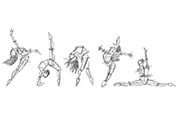Concept art explained.
Concept art is one of the early stages of bringing imagery to life. From movies to video games, concept artistry is a vital part of visual storytelling, and can help creators imagine how future projects will look through art and concept.
In this article, we’ll explain the definition of concept art, what it can be used for and why it’s so useful. We’ll explore the differences between film concept art and video game concept art, and cover everything you need to know about the meaning of conceptual art – whether you’re a budding creative or a working pro.
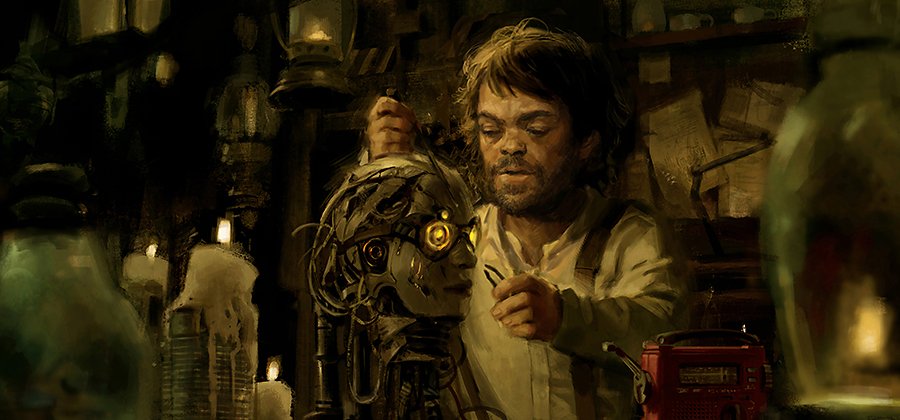
What is concept art?
Concept art brings the aesthetic of a story to life in visual form. It’s an art form commonly used in the process of creating video games and movies to visualise elements like characters, scenes, sets, costumes, and locations. Karla Ortiz, a concept artist and illustrator, says: “Everything that you see in a movie, especially in a fantasy or sci-fi movie, is usually first done by a concept artist.”
“Concept art is like a crystal ball for the makers of movies or games, giving them a snapshot of what their project might look like before they’ve made it”, says veteran concept artist, Ian McCaig. “It’s a combination of visual storytelling, design, and detective work."
Why do people use conceptual artistry?
Concept art is a key part of creating any movie or video game because it helps develop ideas.
Conceptual artists create a handful of visual aspects of a story and pick the ones they like the best. Environmental artists focus on things like the furniture in a character’s home or the town they live in. Video game concept art might look at a character’s appearance, the clothes they wear, or the people they meet and locations they visit on their journey.
All these elements are brought to life through concept art and can inspire other people working on the project, whether fellow concept artists, or writers.
The visualisation of these elements helps to give characters and plots more depth, and they can also be presented to the wider team for feedback at the design stage.
Where is conceptual art used?
Concept art is most commonly used in:
- Movies
- Video games
- Animations
- TV shows
- Cartoons
Everything from The Lion King to Grand Theft Auto has used concept art – and concept artists – to visualise characters and their surroundings. Concept art is most often used in new productions, where ideas aren’t fully formed yet.
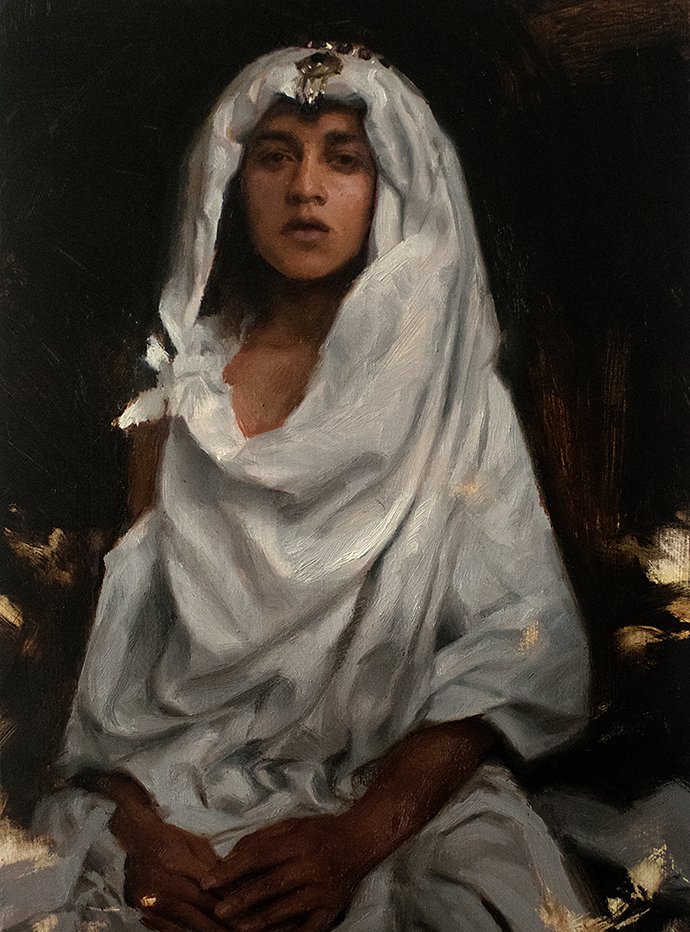
The history of concept art.
As with many historic moments in animation, concept art emerged as an art form at Walt Disney Animation Studios in the 1930’s. Disney’s concept artists would pave the way for film concept art to develop colour schemes, patterns, and designs during pre-production for animated films.
Mary Blair and Albert Hurter were some of Disney’s most celebrated and well-known concept artists. They created concept art for classic feature-length film animations such as Cinderella, Snow White and the Seven Dwarves, and Alice in Wonderland in the 1950’s.
Outside of Disney, Warner Bros. and Hanna-Barbera also hired talented concept artists to work on famous cartoons like The Flintstones and How the Grinch Stole Christmas!
In 1977, Director George Lucas hired concept artist Ralph McQuarrie to bring the iconic sci-fi world of Star Wars to life. His movie concept art included paintings of spaceships, robots, and alien planets. So long as films and animations continue, concept art will too.
Types of concept art.
While smaller productions usually need only one or two concept artists, large productions employ teams of them, with some artists specialising in different areas.
Environment concept art.
Sci-fi films or fantasy video games often take place in locations not of this world. That’s where environment concept art comes in. Whether it’s the desolate ice planet Hoth in Star Wars or the sparkling utopia of Wakanda in Black Panther, environment concept art sets a world’s look and aesthetic, real or imagined.
World-building is a unique art – a com/bination of natural history, geology, sociology and many other ‘ologies,’ with the prime objective of serving us an authentic story.
Costume and character concept art.
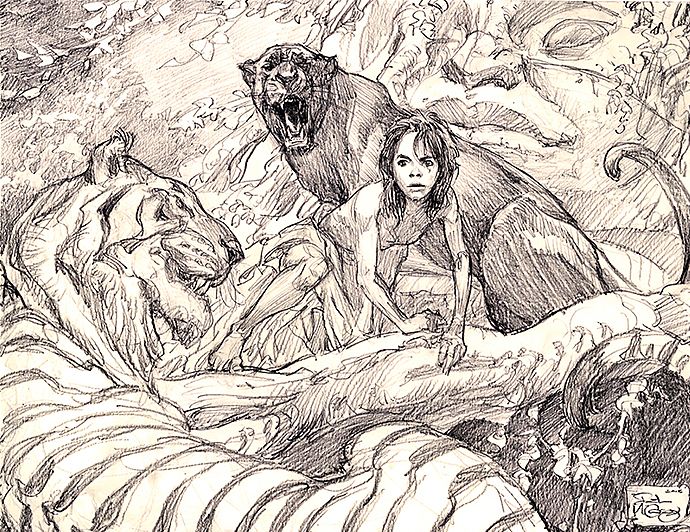
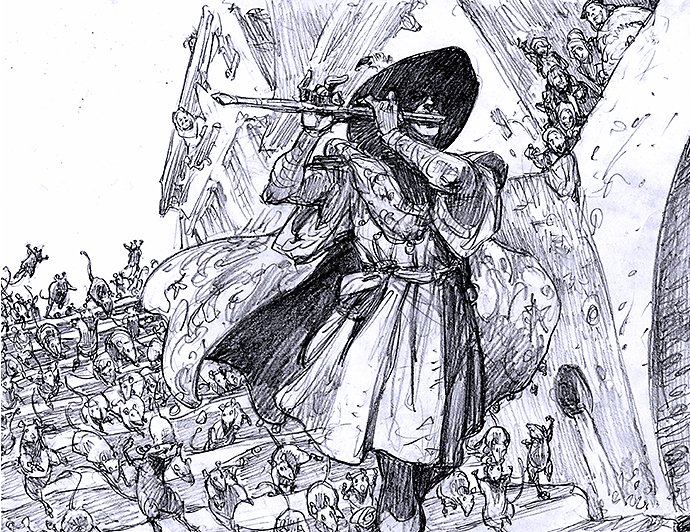
Stories must have heroes, villains, and all their supporting players. Since most of them can’t walk around naked, they must have costumes too. Character designers seamlessly weave together what each character looks like with what they wear, who they are, and what role they play in the story.
From gods and monsters to regular human beings, concept artists wrestle them into being throughout the character design process with art skills, observation, research, and their own innate inner actors.
Precision and detail are essential. “When it comes to costume design, you really want to be clear about the designs you’re sending. If you are designing armour, it should clearly read as armour, not leather or tech,” says Ortiz.
Prop and tech design.
Every object tells a story, from a battered old book to a brand-new time machine. Prop and tech designers tackle all this conceptual art, from the iconic One Ring in The Lord of the Rings trilogy to the kit-bashed tech of Mad Max: Fury Road. Well-designed props and tech are vital to a cohesive look and feel of a game, film or TV show.
Creature design.
“There are literally no limits to what a concept artist might be called on to create in service of the story,” notes McCaig. From the towering Kaiju in Pacific Cover to the terrifying Indominus rex in Jurassic Park, creature and monster designs are a speciality all their own.
Since these creatures don’t exist in the real world, it’s entirely up to the visual development artists and designers to give them life and make them look believable. When drawing monsters, this type of concept art requires the artist to consider the environment in which they would live and use real animals as references.
If it’s a water-dwelling creature, will it need to breathe air like a mammal or use gills like a fish? Grounding your designs in the real world will make the end result appear more believable and real — even if the design is anything but.
Video game concept art.
Like films, video games need concept art to bring ideas to life. Most video game visuals begin life as concept art. Whether it’s indie developers looking for a new idea or AAA game studios exploring a new setting for a sequel, creating a tangible setting is key to game design.
When creating a world that players will interact with, video game concept art can help developers, writers, and project managers work towards a singular goal. Concept art can be used to create consistent environments, props, player equipment and more.
Player design also begins with concept art. Many iconic game characters, whether it’s Mario, Gordon Freeman, Crash Bandicoot, or Lara Croft, all began as video game concept art. Some early concepts wouldn’t be recognisable to the finished characters today. Sonic the Rabbit, anyone?
AI concept art.
The rise of AI image generators has led to the use of AI concept art. AI can be a quick and efficient way to create concept images. AI concept art is also easy to create – simply enter a prompt into an AI art generator and it will create something in a matter of seconds.
However simple the process is, though, AI won’t always be able to create the images you want. Some artists use the variations in AI results to their advantage and treat AI concept art as a jumping off point or inspiration for avenues to explore.
No matter how you use AI concept art today, we’re likely to see improvements to the outputs in the future.
The concept art process.
At the heart of every film, game or TV show is a story. Concept artists work from a script, an outline, or a verbal pitch. The goal of conceptual art is to show the creators what their story might look and feel like before they commit to spending millions of production dollars. “This way, money isn’t wasted on things that we don’t need. It also helps set the look and the tone: a blueprint for production,” explains Ortiz.
Briefing.
There’s usually a briefing process between the concept artist and the director or art director at the beginning of a project. This is the time for the artist to gather as much information as possible to inform their concept designs. They may ask if there are pre-existing conceptual art examples they can draw on. It’s a cross between detective work and a game of 20 Questions, with some archaeology thrown in for good measure.
The key things the concept artist needs to know about a story to bring it to life are:
- Where is the story located?
In a city, country village, a distant planet or a towering castle? - Who is there?
Is the main character alone? Are they accompanied by friends, their trusty pet dog or their family? Or are they being stalked by enemies? - What is the mood?
Is it a carefree summer’s day filled with hope and possibility, or a desolate war-torn dystopia? What sorts of surrounding noises or activities are impacting the mood? - When is it taking place?
What time, day, month, period of history or in the future?
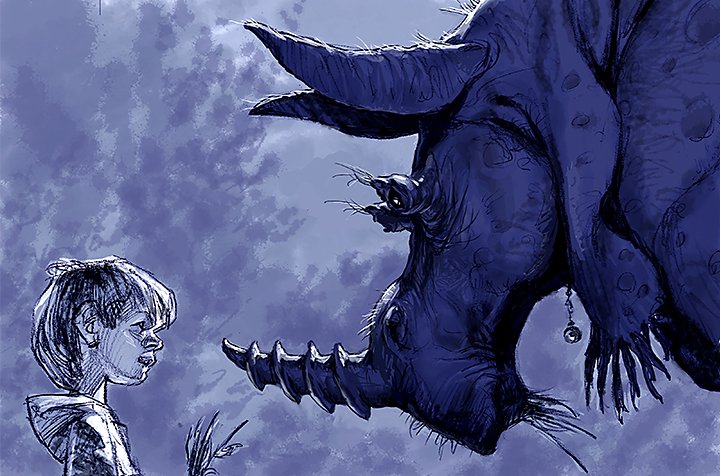
Creating.
Concept artists then create many iterations of design and story solutions. They will draw on many references to inspire their concept art, from real-world examples of architecture and fashion from history to fictional stories and even other movies and animations.
A lot of concept artists follow the 80/20 rule: 80 percent known; 20 percent new. Even fictional worlds need some form of anchor point the audience can relate to – otherwise, it might become too disconnected.
Tools a concept artist might use when creating include:
- Thumbnails
Small preliminary sketches to show a quick snapshot of the idea. - Compositional sketches
Combining the elements from your thumbnails into a frame to distil the mood and look of a location. - 3D tools and renders
Taking your 2D composition and bringing it to life as a 3D model. - Kitbashing
Combining different elements of existing assets to create something new, common in concept art for video games. - Photobashing
A technique where artists merge and blend photographs together to create something new and unique.
Once the different iterations have been drawn up, “These are presented to the story creators, who choose the images that best fit their vision. Often, they ask for adjustments to the art. It’s not dissimilar to what actors do in crafting their performances, giving the director variations within their skills and craft,” explains McCaig.
Feedback & Editing.
From there, artists make tweaks to their designs and send the final concept art along to the next department. Depending on the project, they could be sent to the costume designer, production designer, animators, or the art department.
Top tips for becoming a concept artist.
Get comfortable with your tools.
When you’re confident in your skills and your materials, you’ll create better work. Whether you start with pencil on paper or work in Adobe Photoshop (or do digital painting and sketching in Adobe Fresco on a tablet), use the tools that work for you.
Whatever format you choose, keep in mind that you’ll probably need to make a digital version of your designs. “All of my final work is delivered in a digital format — even my pencil drawings are scanned,” notes McCaig.
Practice makes perfect.
“You have to know about your subject. Let’s say you’re trying to paint a portrait. Do you know the anatomy? Do you know how skin reacts in light? If you don’t know, find out. And if you have that knowledge, but it’s still not looking right, then you just need to practice,” says Ortiz. Drawing, painting, and illustrating concept art is a muscle. To get better you need to exercise your skills – so keep making conceptual art.
Find your unique point of view.
“You won’t go anywhere in the entertainment industry if you don't know your craft, but the one unique thing you have to offer the world is who you are. Putting your own unique vision into what you do is what makes good art great,” explains McCaig.
“Finding your voice or style is as simple as keeping an inspiration sketchbook. Put one drawing in there every day of something that creates strong emotions in you. Collect these images for a few months and then look back through the sketchbook. What you see will be a snapshot of your soul.”
Take on passion projects.
When you paint and create for a living[GT(S1] , you can get burnt out and uninspired. Keep your passion for concept art and illustration alive with projects just for yourself. “I always remind people of the importance of personal work. I always make time for myself to pursue new paintings, whether it’s an interesting freelance project or even if it’s just painting for myself,” notes Ortiz.
Concept art: FAQs.
How do you create concept art?
Concept artists use a wide range of mediums to create their visuals, from hand sketching using traditional pencil and paper to utilising digital tools like Adobe Illustrator and Photoshop for techniques like kitbashing and photobashing.
What is included in concept art?
Concept art involves bringing elements of a story together in visual form. This includes characters, costumes, props, scenes, sets and locations in movies, video games, cartoons and more.
What is the difference between illustration and concept art?
The main difference between illustration and concept art is that the latter brings to life the idea and overall look and feel of a character, place or setting. It helps to cement those elements before production begins. Illustration, on the other hand, combines all these elements into a visual piece, which tells the story as a narrative image.
Can anyone be a concept artist?
In theory, yes. You don’t need an official qualification to validate your skills as a concept artist, but you will need a strong portfolio. The competition for concept artists is high, so be sure to have your best work ready to show.
How long should concept art take?
There’s no hard and fast rule for the time it takes to create concept art. The level of detail, the scale of the image, and research can all heavily influence the amount of time concept artists spend on their creations. Some pieces may require several days to finalise, where others may only take two to four hours.
Discover more about digital and concept art.
You might also be interested in…
How to become a professional illustrator.
Get tips on portfolio creation and art presentation to help you kick off a new career.
Explore the art of sequential storytelling and learn how to hone your skills to work in this exciting medium.
Working with digital pens and other digital drawing tools.
See how you can bring the freedom and convenience of digital drawing technology into your workflow.
Take your skills to the next level with drawing exercises and advice from professional illustrators.



